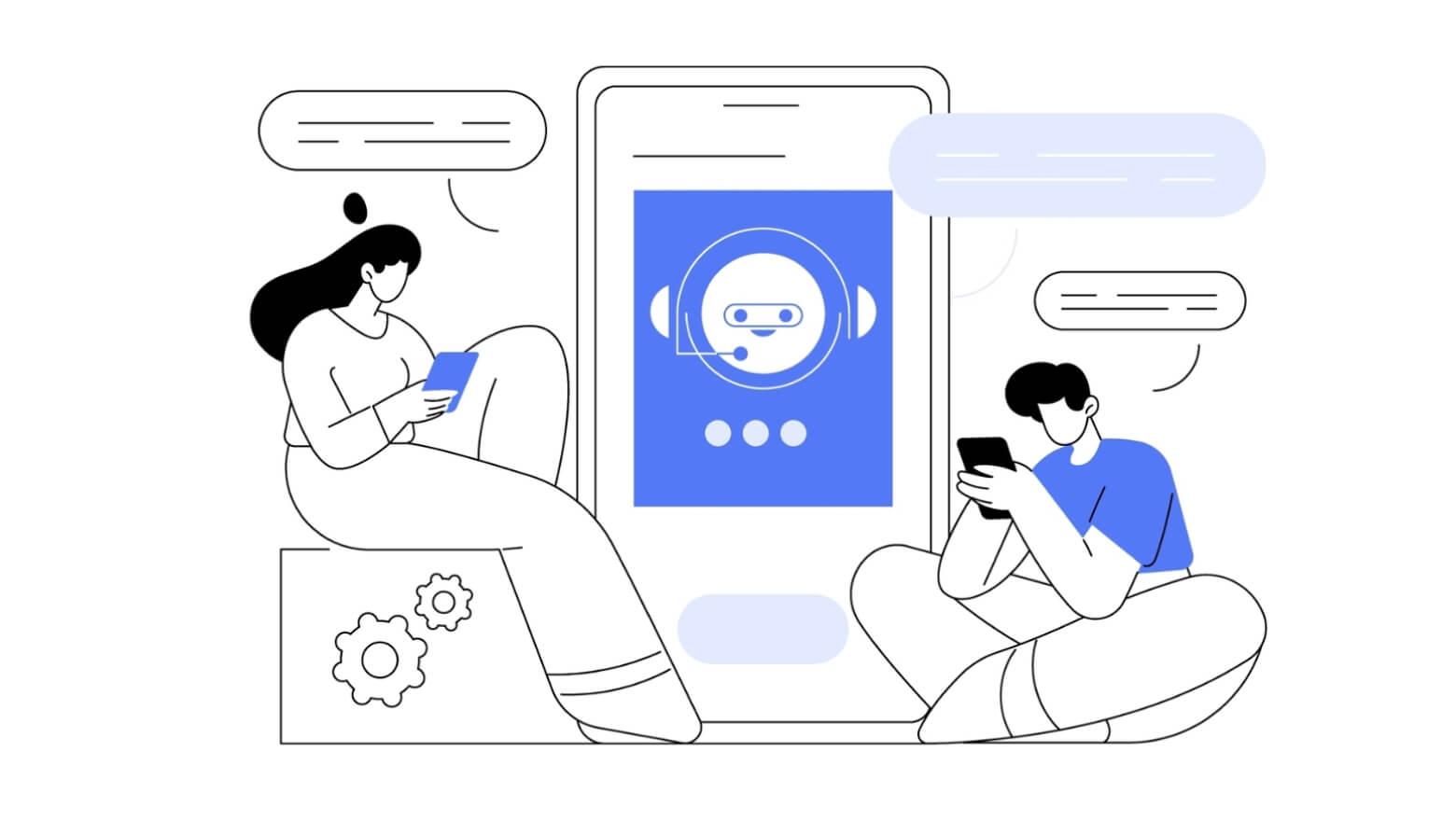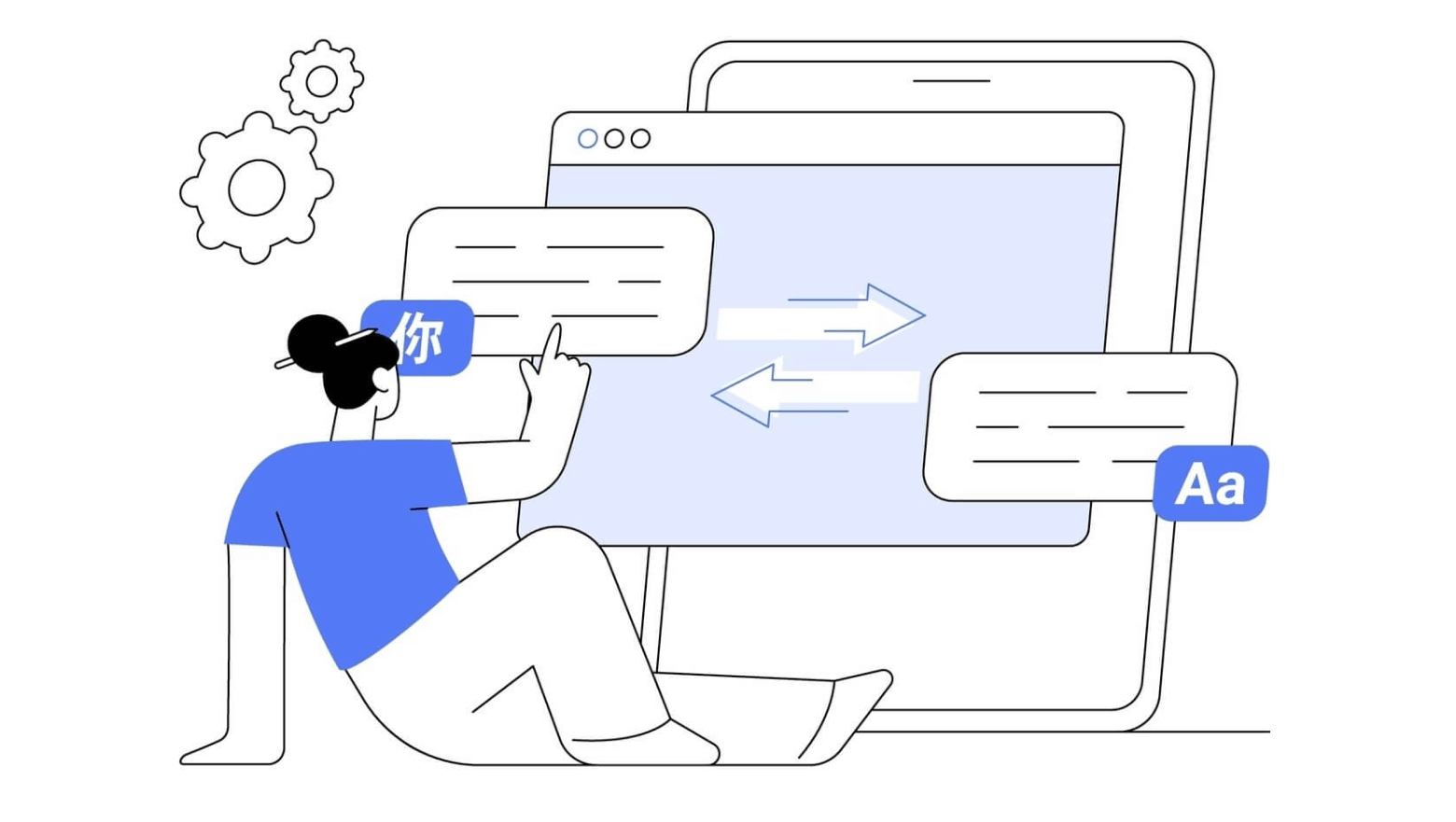Subtitles are textual displays of audiovisual information that help viewers understand speech or sounds in a video when they cannot be fully perceived through audio. They are displayed on the screen as text synchronized with audio. Subtitles, once seen as an optional feature, have become essential in today’s media landscape. According to research, 50% of viewers report frequent usage when watching content online. Also, statistics show that younger audiences particularly rely on subtitles; 70% of Gen Z and 53% of Millennials frequently enable them. From enhancing accessibility to supporting language learning and fostering global communication, subtitles play a critical role in improving the viewing experience for diverse audiences. This article explores the significance of subtitles, their benefits, and the technologies driving their development.

Why Subtitles Matter?
Subtitles are more than just a convenience — they are an essential feature that enhances the accessibility and usability of content for a wide range of audiences.
- Accessibility. Subtitles serve as a critical tool for individuals with hearing impairments, providing them access to audio-visual content without relying on sound. They foster inclusivity, allowing everyone to enjoy media, regardless of their auditory capabilities. Approximately 90% of deaf or hard of hearing respondents reported that they usually or always use subtitles when watching TV. For many, subtitles are the only means to fully engage with movies, shows, and online content.
- Language Learning. Subtitles are invaluable for language learners, offering a way to link spoken and written forms of words. For beginners, subtitles in their native language help understand context, while intermediate and advanced learners benefit from subtitles in the target language to improve vocabulary, grammar, and listening comprehension. Research shows that students who watch subtitled movies score higher on listening and comprehension tests compared to those who watch without subtitles. For instance, a study found that learners using subtitles improved their verbal and nonverbal comprehension skills significantly.
- Multicultural and Multilingual Content. Subtitles eliminate language barriers, enabling creators to share their content with diverse international audiences. This is particularly important in an era of globalization, where movies, TV shows, and online videos reach viewers from different linguistic and cultural backgrounds. In some countries (France, Italy, Germany, USA, The Netherlands, Greece, and more), certain cinemas choose not to dub films, instead screening them in their original language with subtitles. This practice not only preserves the authenticity of the original performances but also caters to multilingual audiences and language learners who prefer or rely on subtitles. Additionally, subtitles in multiple languages allow streaming platforms like Netflix to expand their audience base and promote cultural exchange, making it easier for viewers worldwide to connect with content that reflects diverse perspectives and stories.
- Enhancing Focus and Concentration when Watching Videos or Lectures. Subtitles can help viewers stay engaged by combining visual and auditory information, which is particularly useful during educational videos or lengthy presentations. Studies show that dual-channel processing reinforces attention and can be especially beneficial for individuals with ADHD or auditory processing challenges, ensuring that they grasp the material fully.
From making content more inclusive to expanding its reach across the globe, subtitles provide benefits that extend far beyond their original purpose. As technology and media continue to evolve, the importance of subtitles in delivering accessible and engaging content will only continue to grow.
How Speech Recognition Powers Automatic Subtitles
Speech recognition technology is at the core of automatic subtitle generation, enabling real-time transcription for live broadcasts, conferences, and online content. Advances in artificial intelligence have significantly improved the accuracy and quality of these subtitles, making platforms like YouTube and Netflix leaders in accessibility.
Real-time Transcription
Automatic subtitles generated in real time are essential for live events such as webinars, virtual conferences, and sports broadcasts. Real-time transcription allows viewers to follow along instantly, even in noisy environments or when audio clarity is compromised.
Improved Accuracy Through AI
Artificial intelligence has significantly enhanced the accuracy of speech recognition systems. Advanced machine learning models can differentiate between multiple speakers, recognize regional accents, and handle background noise more effectively. This ensures that automatic subtitles are not only timely but also reliable.
Platforms Leveraging Speech Recognition
Popular platforms such as YouTube, Netflix, and Zoom utilize advanced speech recognition technologies to provide automated subtitles. YouTube’s auto-captioning feature supports millions of videos, while Netflix offers subtitles in multiple languages, catering to a global audience. Similarly, Zoom integrates live transcription, making virtual meetings accessible to participants with diverse needs.
AI’s Role in Enhancing Quality
AI-driven models continuously learn and adapt to improve subtitle quality. Natural language processing (NLP) helps refine sentence structure and grammar, making subtitles more readable and contextually accurate. AI also supports features like speaker identification and tone analysis, ensuring subtitles capture the nuances of the spoken word.
Expanding Beyond English
Speech recognition is no longer limited to English or a handful of languages. AI has expanded its capabilities to support real-time transcription in dozens of languages, enabling multilingual events and content to reach a broader audience.
With advancements in AI and speech recognition, automatic subtitles are becoming faster, more accurate, and increasingly adaptable, ensuring that content is both accessible and engaging for diverse audiences worldwide.
Lingvanex Speech-to-Text is Your Reliable Subtitle Generator
Lingvanex Speech-to-Text technology is a powerful solution for generating accurate subtitles quickly and efficiently.
- High Accuracy. Lingvanex Speech-to-Text uses cutting-edge AI and machine learning algorithms to provide highly accurate transcriptions, even in challenging environments. The system can distinguish between different speakers, recognize various accents, and accurately transcribe speech with minimal errors. This ensures that the subtitles are both precise and contextually relevant.
- Real-Time Processing. Lingvanex is capable of real-time transcription, making it ideal for live broadcasts, conferences, and webinars. The tool processes audio instantly, providing subtitles on-the-fly as the content is being delivered.
- Multilingual Translation Integration. Once subtitles are generated using Lingvanex Speech-to-Text Software, Lingvanex Machine Translation takes over to translate them into over 100 languages. This seamless integration allows content creators to offer subtitles in multiple languages at once, providing global reach.
- Customizability and On-Premise Solutions. Lingvanex offers flexibility with its on-premise solutions, which allow businesses and organizations to customize the transcription and translation processes to meet specific needs. It also ensures that sensitive data remains secure, as all processes are handled locally rather than in the cloud.
- Context-Aware and Speaker Differentiation. The system’s advanced algorithms are designed to understand context, ensuring that the transcriptions accurately reflect the meaning and tone of the spoken content. Additionally, Lingvanex can differentiate between multiple speakers, allowing for clean and organized subtitles with clear speaker identification.
- Time Efficiency and Scalability. Lingvanex's automated system dramatically reduces the time required to create subtitles, whether for short clips or long-form content. As a scalable solution, it can handle projects of varying sizes, from individual videos to large-scale media productions.
Conclusion
Subtitles have become an important tool for making content accessible, improving perception and global communication. They help people with hearing impairments, support language learning and increase audience engagement. Speech recognition technologies and artificial intelligence have significantly improved the accuracy of automatic subtitles. In the future, the role of subtitles will continue to grow, expanding accessibility and communication between cultures.



